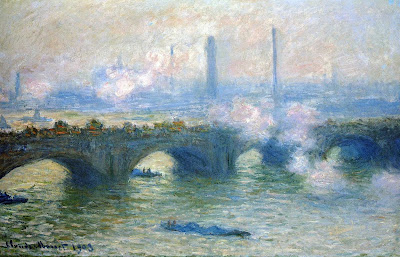William Le Queux (1864-1927)
was an extremely prolific writer whose career stretched from the Victorian Era
to the Roaring 20s. He published some 170 fictional works of mystery, espionage,
and thrillers; 20 works of non-fiction; and 21 collections of short stories. One
of best known (and best-selling) works during his lifetime was The Invasion of Britain, a fictional
account of a German invasion published in 1910.
Le Queux churned
out four or five novels a year. One that is fairly typical of his mystery
stories is The
Seven Secrets, first published in 1903 (one of five works he published that
year – the man was a veritable Niagara Falls of words and stories).
The Seven Secrets provides a glimpse into the kind of
popular writing readers enjoyed at the turn of the 20th century. It
also reflects the enduring influence of Sherlock Holmes.
Ralph Boyd is a
doctor who works as a kind of junior partner to a well-known society doctor on
Harley street in London. He is engaged to Ethelwynn Mivart, who lives with her
sister Mary and Mary’s much-older husband, Henry Courtenay. In his chief’s
absence, Boyd is called to the Courtenay house in Richmond near Kew Gardens.
Mr. Courtenay is dead, stabbed in his bed.
Everything about
the death is mysterious. His young wife was not at home, staying with friends
in London. The house was seemingly locked up tight – Mr. Courtenay had been
fearful of burglars. Neither Ethelwynn nor any of the servants saw or heard
anything. The police investigate, but find nothing.
Boyd calls in a
friend, Ambler Jevons, a man who is a partner in a tea business but who is
known to Scotland Yard and police all over Britain as one of the smartest
amateur detectives ever (here’s the Sherlock Holmes influence). Jevons
undertakes an investigation, but it is prolonged, complex, and largely hidden from
the reader’s view.
We learn what is
happening from Boyd, who’s not a bad amateur detective himself. The story is
filled with disguises, secret meetings, overheard conversations, dastardly
plots, surprise developments, secret informers – all the elements of what we
would call high melodrama.
For all that or
perhaps because of all that, The Seven
Secrets is a highly entertaining story, full of action and suspense. It’s
also a window on popular taste of more than a century ago.
Painting: Waterloo Bridge, London, 1903,
oil on canvas by Claude Monet.



No comments:
Post a Comment